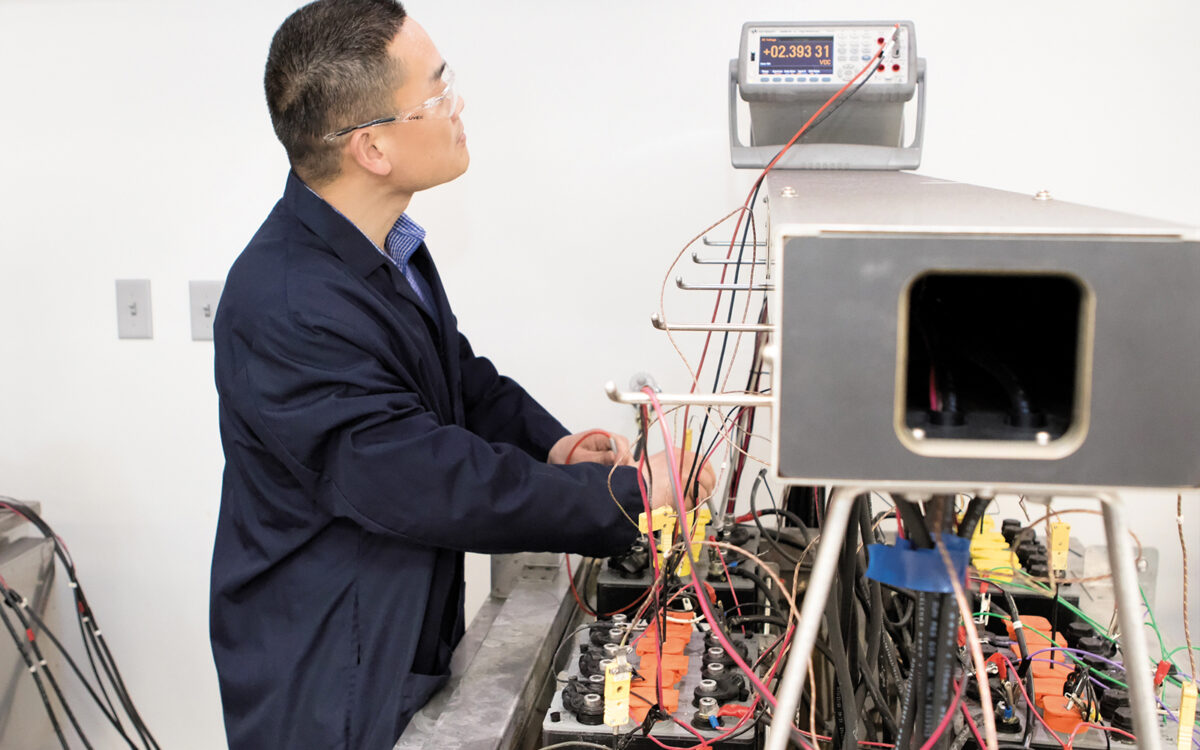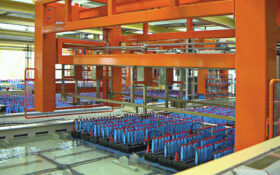This year is shaping up to be one of the most significant for lead-battery innovation as the industry drives forward with developing pioneering research, manufacturing and recycling methods. Dr Alistair Davidson, director at the Consortium for Battery Innovation, explains how his organisation is fostering the critical role of lead batteries in the energy storage mix.
The Consortium for Battery Innovation (CBI) and its members are at the forefront of driving innovation in advanced lead batteries and communicating our work to a worldwide audience. At the core of this is research and innovation. With different strengths and applications, batteries of all types will be needed as societies transition to a low-carbon future. And for lead batteries, by far the most significant rechargeable energy storage in terms of scale and applications, demand is set to soar. This means that continued investment into lead battery research and innovation is a critical success factor.
Automotive and energy storage remain vital areas for targeted performance enhancements, but as Avicenne’s latest market analysis has shown, the growth for batteries is also set to increase substantially for telecoms, UPS and other uses. Our research program in the last two years has delivered promising results to achieve the targets set out in our first technical roadmap in 2019. This year, we will be undertaking a significant amount of work on an area which is booming across the globe: renewables and other forms of energy storage. Industry and academic collaborations in Europe and the US will take place to advance the innovation underway in lead-battery energy storage.
In a solar-powered energy storage project targeting the residential market, US-based Gridtential Energy and Electric Applications Incorporated (EAI) are combining their bipolar lead battery technology and testing expertise to develop safe and affordable plug-and-play systems.
A partnership with Hammond and East Penn Manufacturing is exploring new ways to study lead battery electrodes with regard to additives to meet the growing demand for utility energy storage. This is a key market where batteries are playing an increasingly important role in enhanced resiliency and reliability, and we see a clear path for lead batteries to increase their uptake in this market.
In a European research project, industry-academia collaboration between Instituto de Nanociencia y Materiales de Aragón and Exide will use high-tech neutron diffraction to observe the inner workings of lead batteries during operation to deliver new insights into enhancing lifetime and performance.
Communicating the benefits
We also have a major job to do communicating the benefits and the significance of lead battery technology for both green growth and decarbonisation. For policymakers and investors, there is a gap in both knowledge and perceptions about the role lead batteries play, and their capabilities going forward. Long-standing technologies have a history to overcome in terms of demonstrating innovation potential for the future.
That said, the future is bright for our industry. There are many exciting opportunities for lead battery research that we can grasp and we’re seeing this demonstrated through the ongoing project with Argonne National Laboratory in the US, and the acknowledgement of the vital role of lead batteries in the newly launched Department of Energy’s ‘Energy Storage Grand Challenge’.
Our work is steadily increasing, from establishing lead batteries as an essential technology for energy storage resiliency, to intensifying our work in India and China.
We’re confident the continued efforts of the global lead-battery industry in pioneering research, advanced manufacturing and sophisticated recycling puts advanced lead batteries at the centre of conversations about the critical role of batteries.












